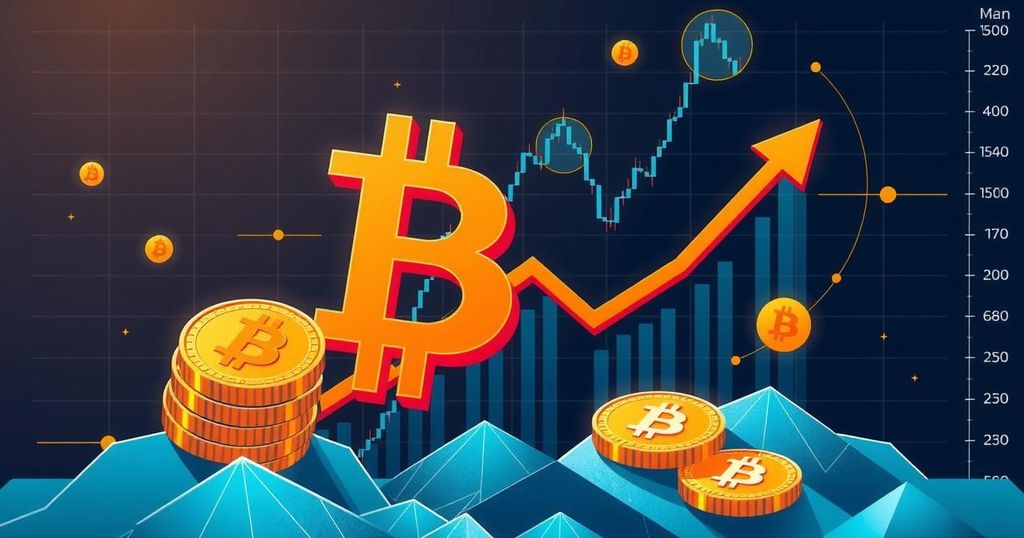Federal Reserve Inflation Data Sparks Reaction in Cryptocurrency Market
The primary Federal Reserve inflation rate reached 2.1% in September, aligning with expectations and prompting reactions in the cryptocurrency market, which saw declines following recent highs in Bitcoin prices. Core inflation also increased to 2.7%. Investors remain cautious ahead of the Fed’s upcoming policy meeting.
The Federal Reserve’s key measure of inflation, the personal consumption expenditures (PCE) price index, has reached 2.1% for September, aligning with expectations and approaching the Fed’s target inflation rate. According to a recently released report from the Commerce Department, September witnessed a monthly increase in the PCE index of 0.2%, while year-over-year inflation stood at 2.1%, as anticipated by Dow Jones projections. The core inflation rate, which excludes volatile food and energy prices, rose to 2.7%, indicating a 0.3% increase from the previous month. The recent figures arrive amid market speculation regarding potential adjustments to the Federal Reserve’s benchmark interest rate at their upcoming meeting next week. In response to these economic developments, the cryptocurrency market experienced a period of profit-taking, subsequently witnessing losses. Bitcoin, which had recently rallied to $73,000, its highest price since its all-time peak of $73,750 in March, saw significant declines alongside other cryptocurrencies such as Shiba Inu, Pepe, Chainlink, Bonk, and WIF, with losses ranging from 1.7% to 7% within the last 24 hours. This sell-off has led to approximately $136 million in liquidations, as compiled by CoinGlass data. The impact of inflation rates on cryptocurrency markets remains significant, as they can influence the Federal Reserve’s monetary policy direction. A decrease in inflation may spur a more relaxed policy, fostering optimism among crypto investors who anticipate possible price increases, while persistently high inflation is likely to deter risk assets, including cryptocurrencies. As the cryptocurrency landscape adjusts, market participants are expected to closely monitor the Federal Reserve’s communications prior to their meeting set for November 6-7, during which policymakers will refrain from providing comments on data releases or policy outlooks due to the current blackout period.
The Federal Reserve sets monetary policy based on various inflation measures to achieve a target inflation rate of 2% annually. The PCE price index is the preferred inflation indicator for the Fed, influencing interest rates and economic strategy. During periods of fluctuating inflation rates, the Fed’s decisions can significantly impact markets, including cryptocurrencies, viewed as risk assets sensitive to economic conditions. Stakeholders in the cryptocurrency realm are particularly attentive to inflation data as they may impact investor sentiment and market performance. The current economic landscape, with inflation edging closer to the Fed’s target, generates speculation on potential policy shifts that could affect liquidity in markets, thereby influencing cryptocurrency valuations.
In summary, the recently released inflation data indicating a 2.1% rate for September is critical for understanding the Federal Reserve’s potential monetary policy decisions. The reaction of the cryptocurrency market, characterized by significant declines following recent profit-taking, underscores the intricate relationship between inflation metrics and crypto valuations. Stakeholders must remain vigilant, particularly as the Fed approaches its upcoming policy meeting, which may provide further clarity on the economic outlook and its implications for both traditional and digital assets.
Original Source: www.investing.com




Post Comment